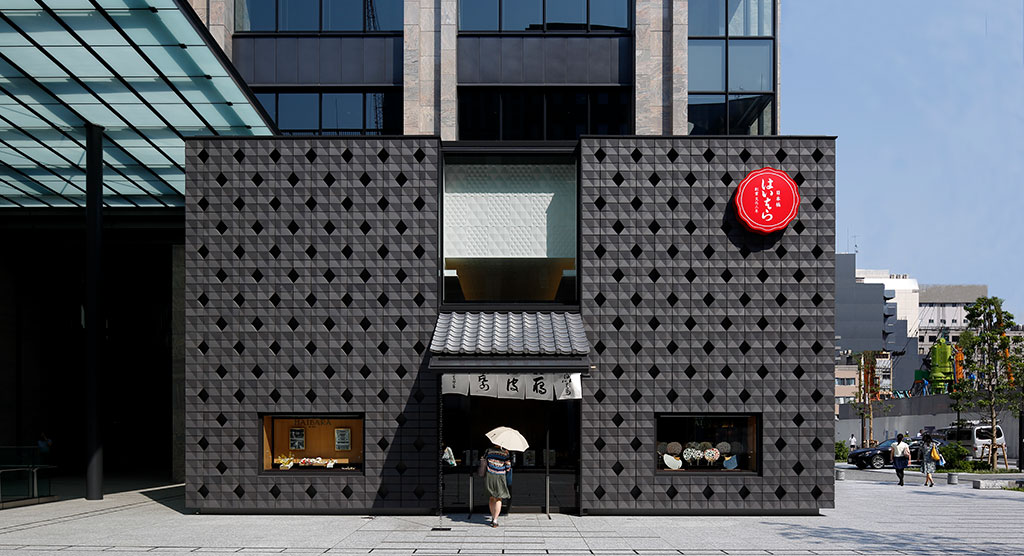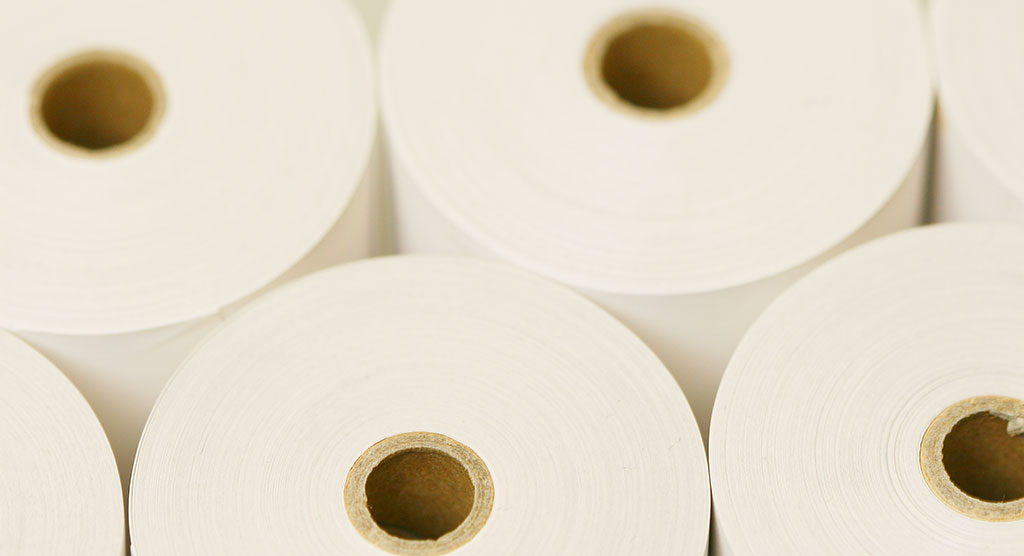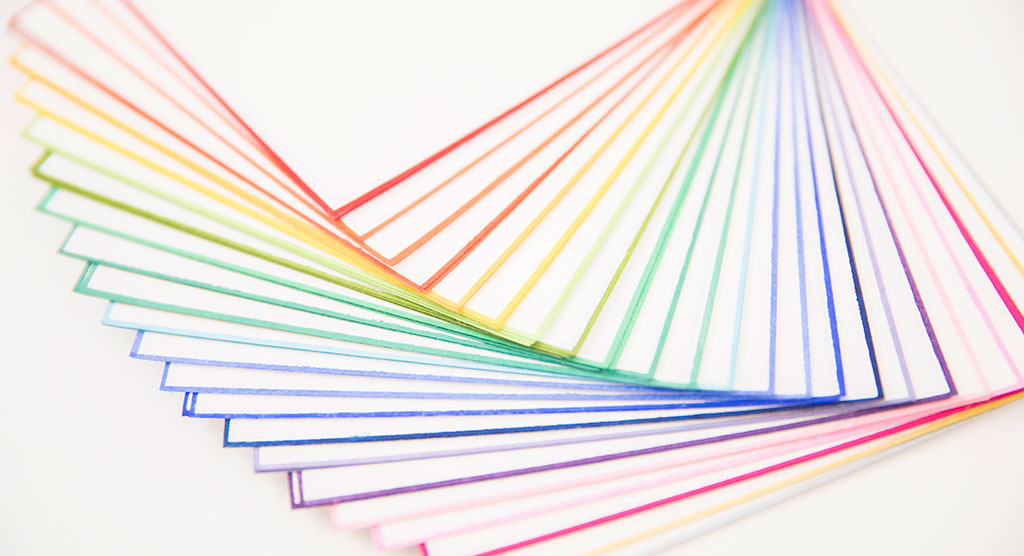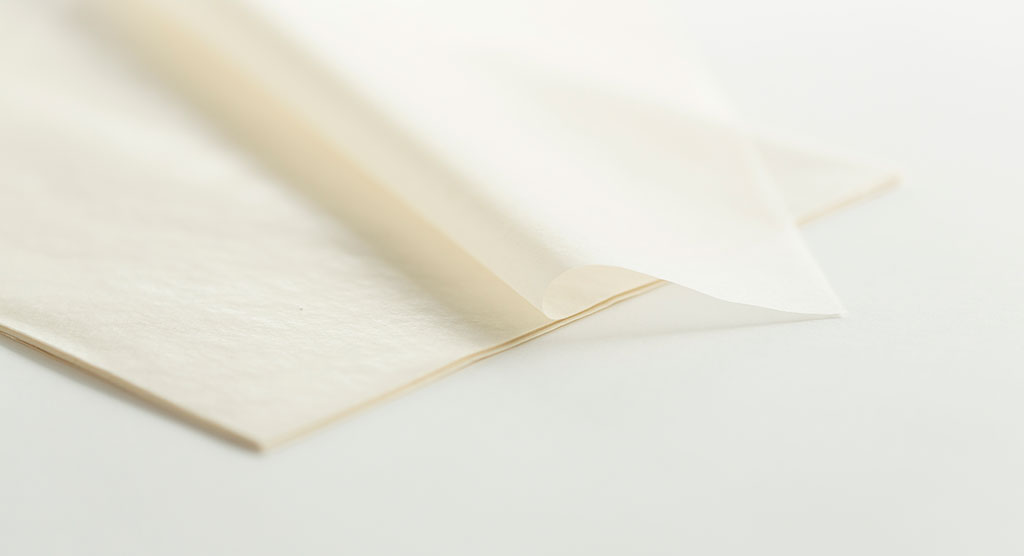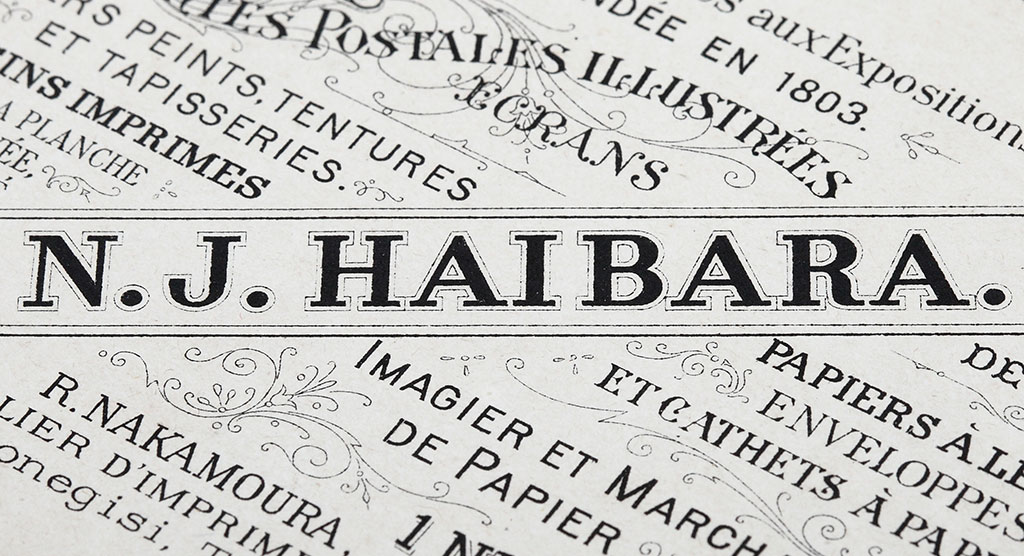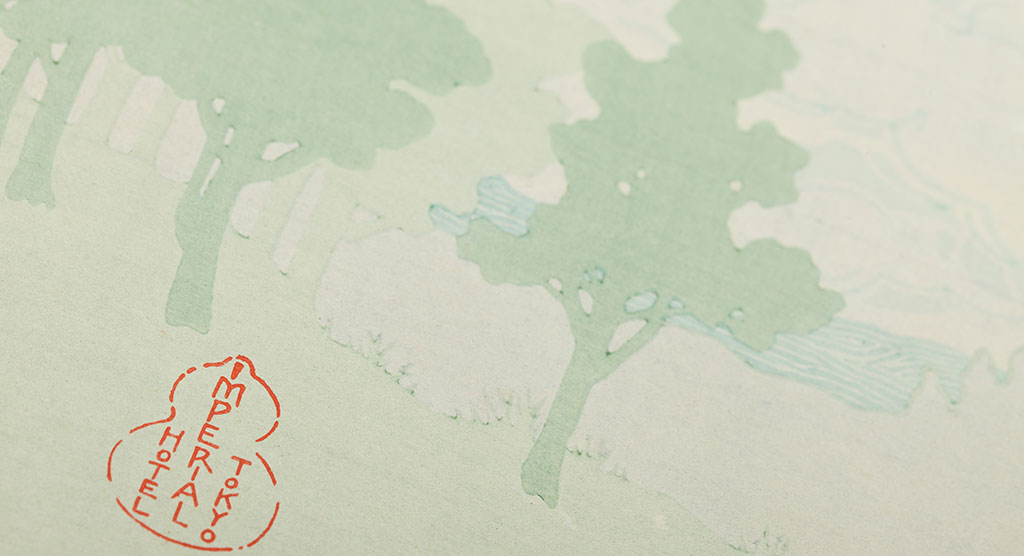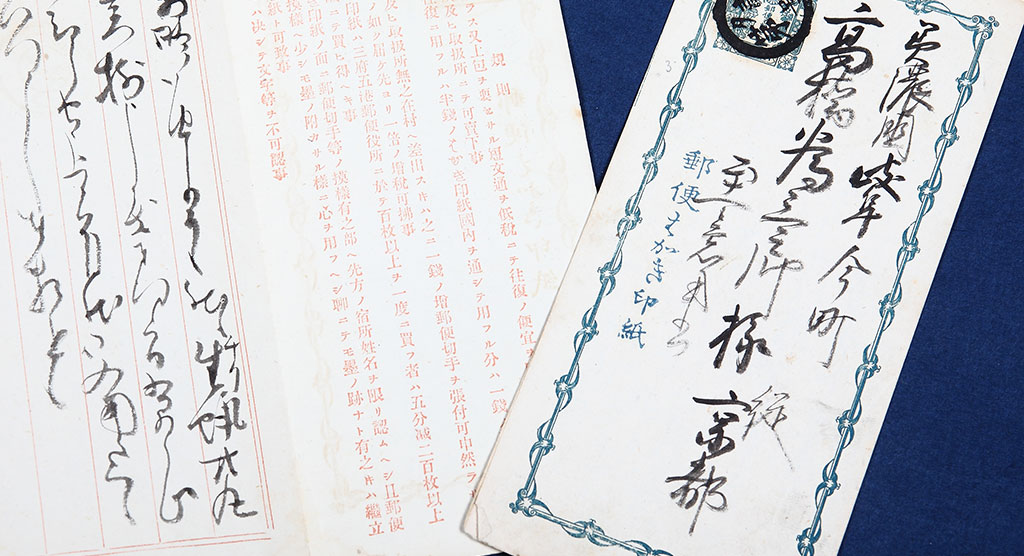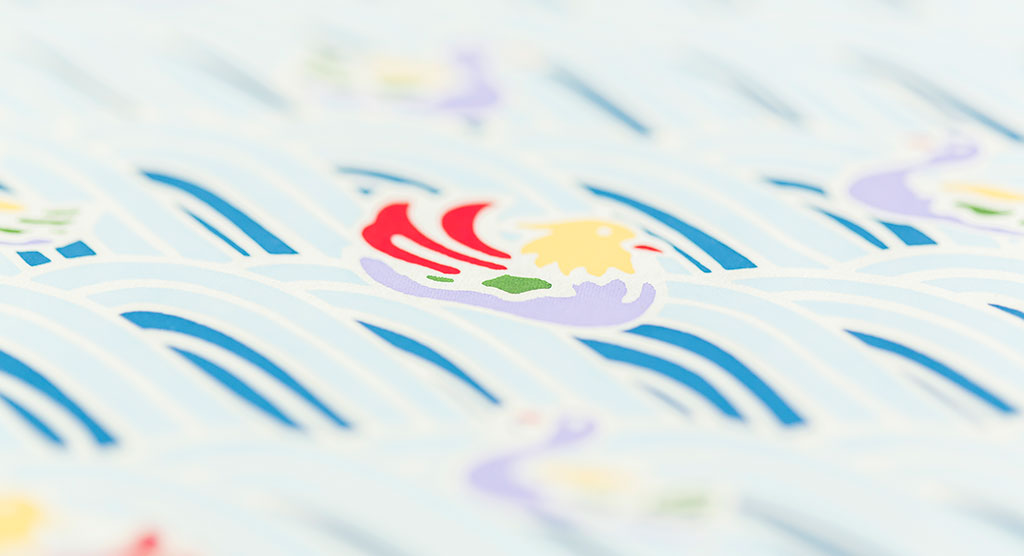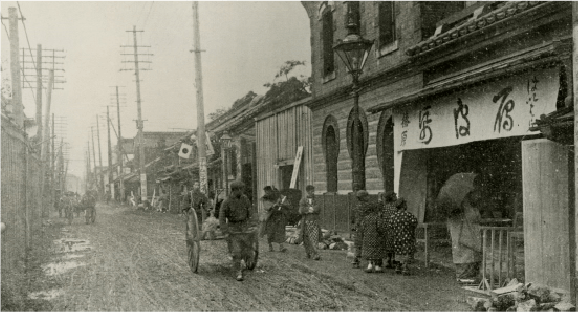Table of Contents
“It has been 1,350 years since paper was first made in Japan. Over the years, washi has made significant contributions to the development of Japanese politics and world culture. — Paper has been a part of my life for almost fifty years, and my admiration for paper is as deep as anyone else’s.”
This is a phrase written by the fourth president of Haibara, Naojiro Haibara (Naojiro Nakamura), in the introduction to his book “Washi Zakko” (Miscellaneous Thoughts on Washi) (1960)
Naojiro also authored three more works on washi, including “Gampi-shi to Taiho”(1926), which describes the origin of the washi shop “Haibara,” whose major product was gampi paper; “Shugyoku-shishu” (1933), which details a washi collection; and “Zuihitsu karakami” (1963), which tells the history of woodblock-printed sliding door paper brought from Tang (now China).
These four books made significant contributions to the development and transmission of paper culture.
It has been in operation for more than 200 years.
The Haibara head office was relocated on Nihonbashi Chuo-dori Avenue in 2015 with the redevelopment of the Nihonbashi 2-chome north district, where its business was based. The shelves inside the freshly built store are still lined with its go-to item, gampi paper as well as colorful woodblock-printed letter paper, postcards, kinpu money envelopes, chiyogami colored paper, and other Japanese paper products.
Tatsuo Nakamura, the company’s seventh president, is currently focusing on the creation of products that republish original designs from the Edo and Taisho periods, (from 17th to 20th century) as well as relaying the appeal of washi to the modern age.
The fundamental philosophy has been the passion of the company’s successive owners since its inception: to conserve historic designs made by artists and to cherish the skills of craftsmen.
The pride and spirit of craftsmanship passed down through washi’s long history.
Its culture is a means of expressing feelings via everyday necessities.
The shop “Gampi paper Haibara”, which has inherited and perfected its techniques and feelings through adversities such as earthquakes and wars, continues to welcome many customers today, spanning generations and borders.
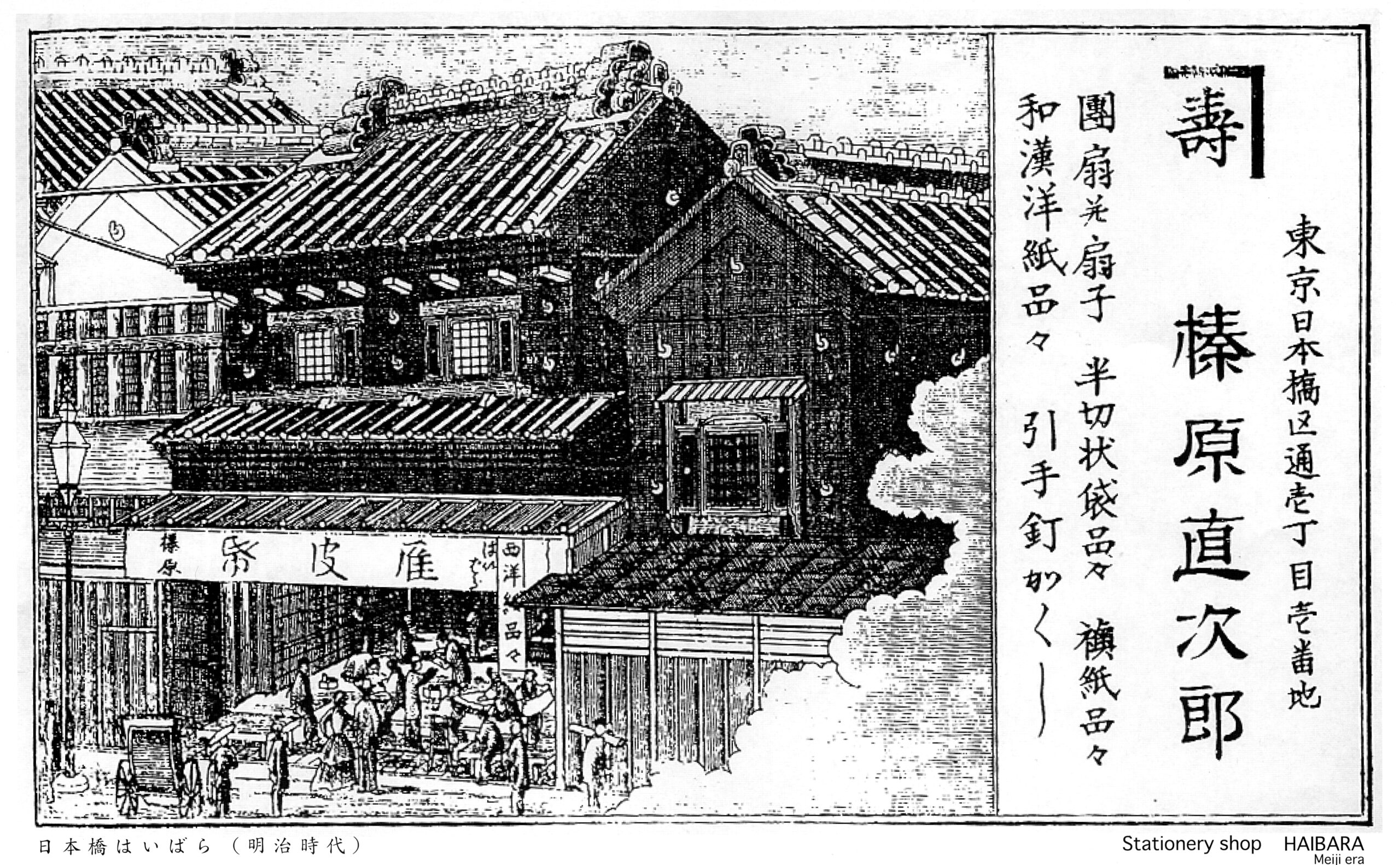
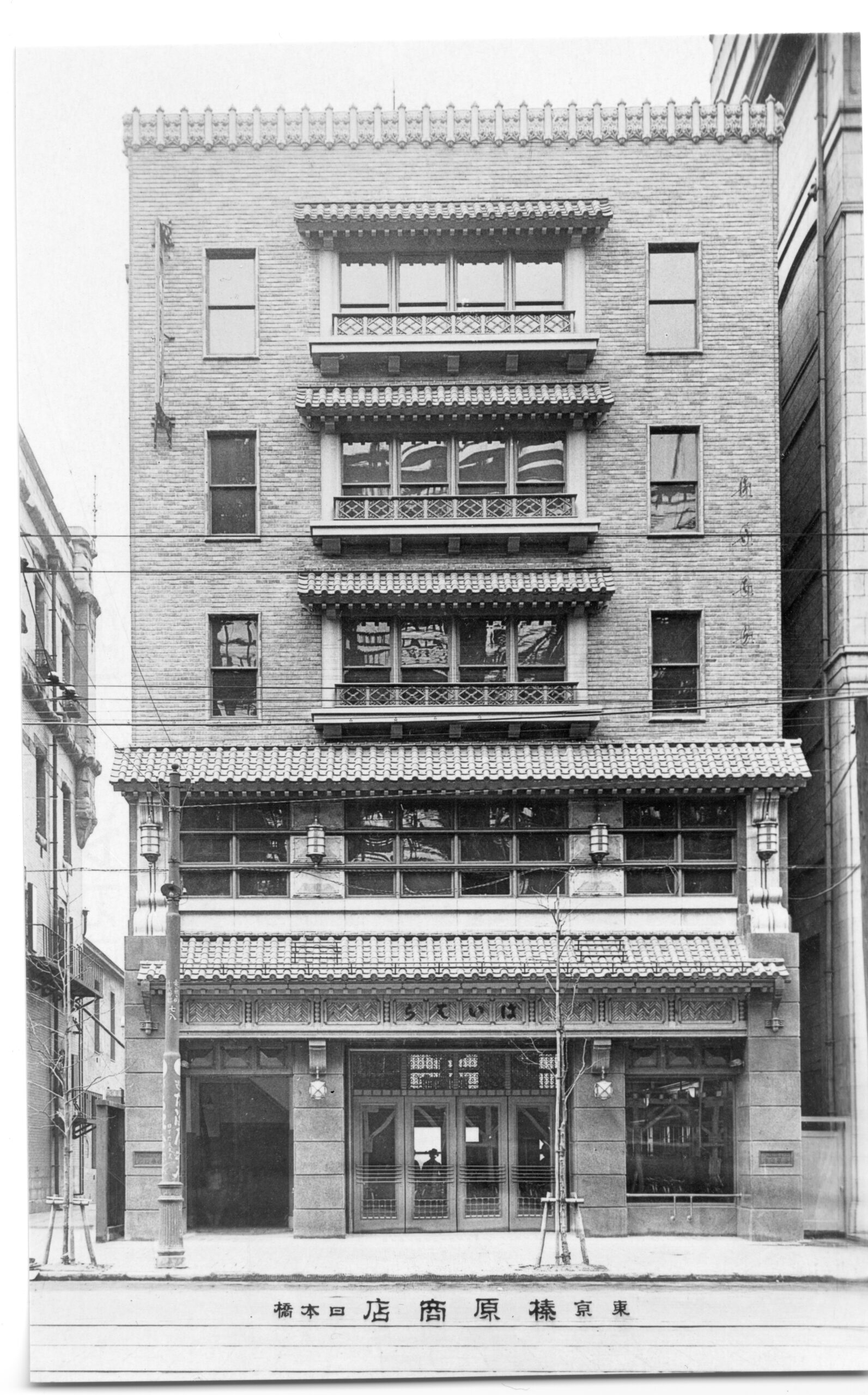
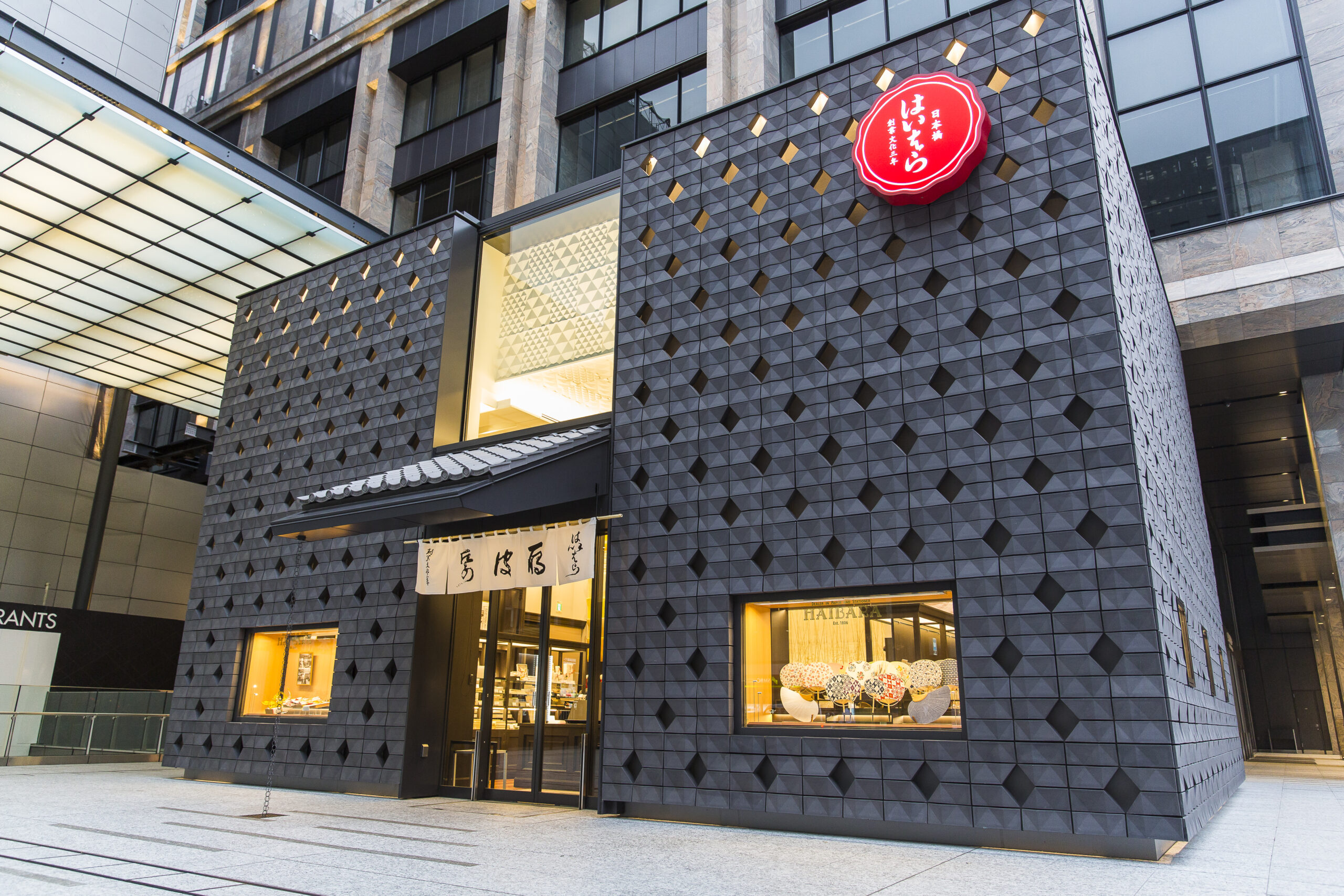
It won the Good Design Award in 2016.
“Washi Zakko” written by Naojiro Haibara (Naojiro Nakamura)
A collection of miscellaneous information on origins, culture, materials, types, and customs related to paper
It has 345 entries, including “kawaraban,” “fan vendors,” and “love letters,” among others.
The fourth-generation store owner, Naojiro Haibara (Naojiro Nakamura), lived through the turbulent Meiji, Taisho, and Showa eras, (from the late 1800’s to the late 1900‘s) preserving the store’s traditions and Japanese paper culture.
He also authored “Washi Zakka”. Even on his sickbed in his later years, he continued to write with a passion for paper, drawing on a variety of ancient texts, including the Kojiki, Manyoshu, and Kokinwakashu. However, it was eventually published as unfinished.
In the preface to this book, he expresses his thoughts as follows: “I am not ready to abandon the learning and experience I have gained from paper therefore I have compiled them in this booklet by tracing my old recollections.” I’d be glad if it could someday serve as a resource for young people studying paper.”
The table of contents provides an easy-to-understand summary of paper knowledge across a wide range of genres, from “Origins of Paper” and “Paper and Japanese Culture” to raw materials of paper, usage of paper, types of paper, paper products, paper-related words, customs and place names. “
Let’s take a look at some of the contents to see what kind of texts were mentioned.
<Kawaraban>
Texts were engraved on clay tiles during the Edo period, then printed on paper and sold in town to immediately report happenings that occurred in the city. They were often printed on paper in black ink.
<Uchiwa vendors>
Patterns used for uchiwa fans became popular among both men and women during the Genroku era (1688-1704), and many women’s clothes, personal effects and ornaments were based on uchiwa designs. Uchiwa motifs were also seen on the samurai’s sword guards. The popularity of the fan motifs inevitably led to a high demand for uchiwa fans, and (omission) uchiwa sellers could be seen on the streets of Edo, where young people walked around in stylish costumes selling uchiwa fans printed with the family crests and the likenesses of popular actors. This is the fan vendor depicted in the nishikie pictures.
<Love letters>
The Manyoshu and other anthologies contained many love poems. They usually expressed their feelings to each other through poetry. During the Edo period, it seems that they exchanged letters. In other countries, on February 14, St. Valentine’s Day, it is customary for lovers to exchange love notes.
The fourth owner, who had a profound appreciation for paper, devoted himself to studies on paper culture, looking not only at home but also abroad.
“Paper has been the solution to numerous situations throughout my life—all of my joys, sorrows, and pleasures,” The 345 items in this book convey the deep and inseparable connection between people’s lives and paper.
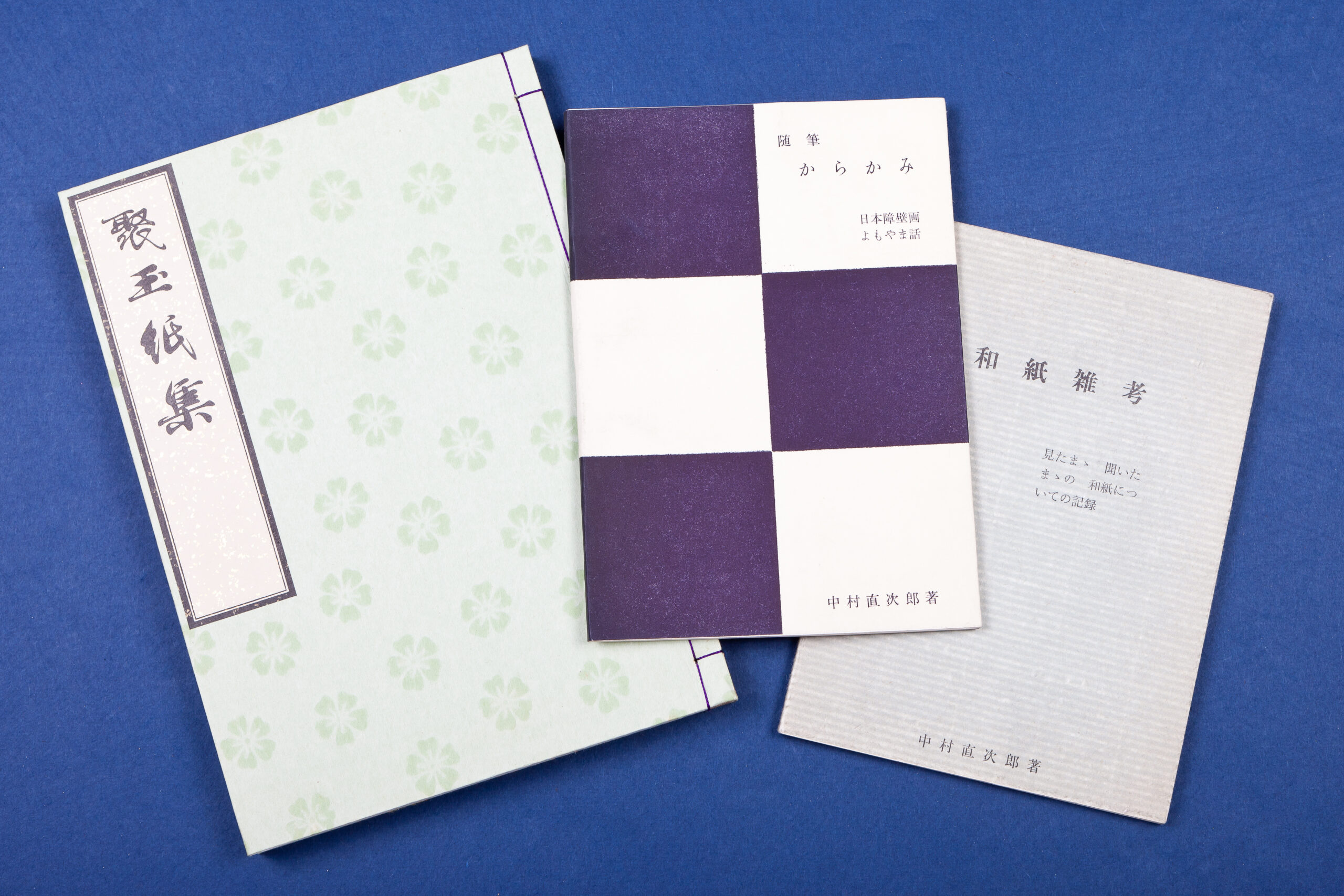














 Instagram
Instagram facebook
facebook X(旧Twitter)
X(旧Twitter) Youtube
Youtube note
note